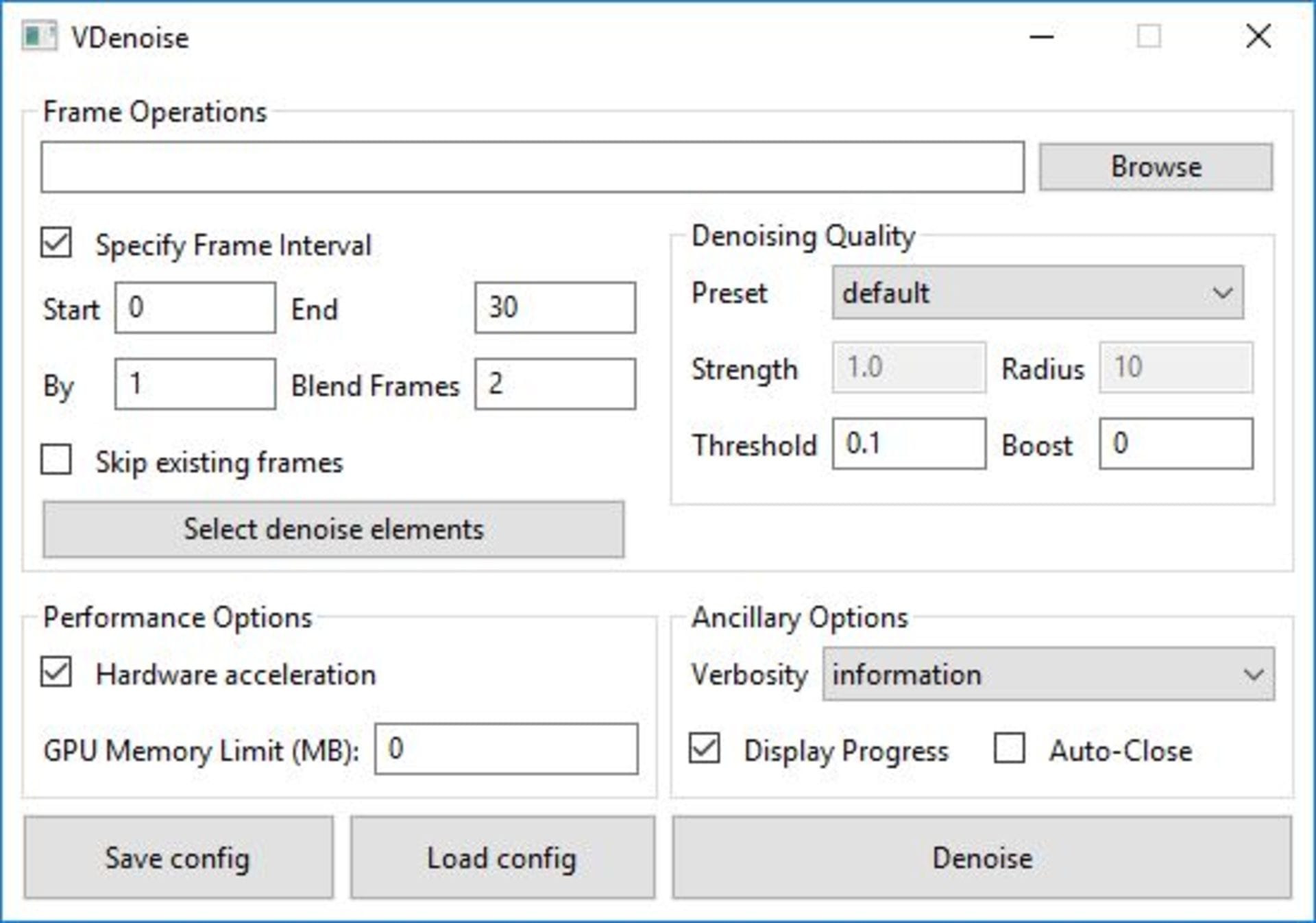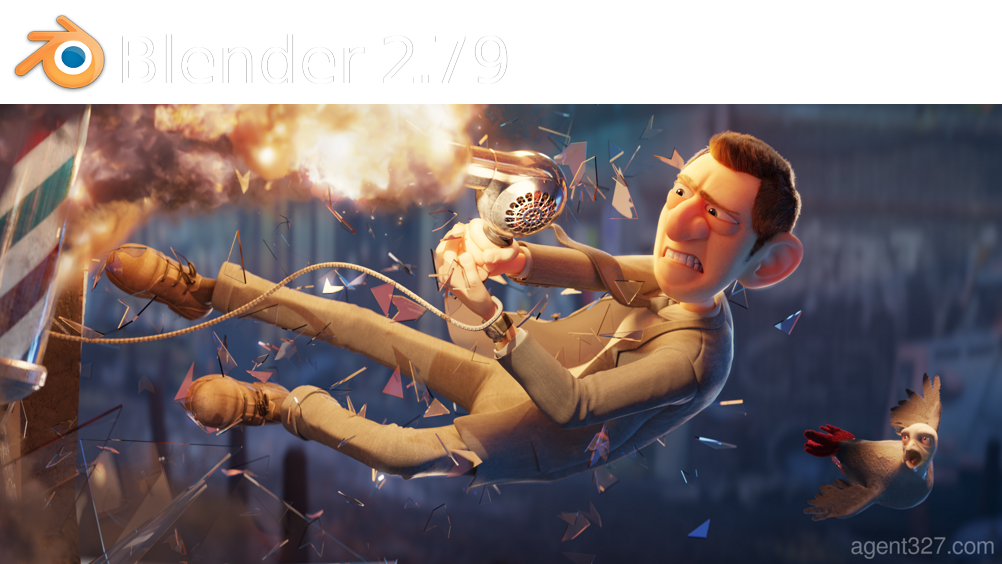

#How to use denoiser 2 how to
Since the denoising is calculated later, you can use this approach to try different Denoise radius values without re-rendering (otherwise, the Denoise radius is baked in at render time).įor more information about CXR file saving for later use, visit this link -> How to save a. Such file can be then denoised later using the Corona Image Editor. The "Gather data for later" option can be used to skip the actual denoising process, but save the denoising data within the CXR file. However, it is much slower than the NVIDIA GPU AI Denoiser (seconds vs milliseconds), so it can be applied only after the regular rendering ends, not in real-time during interactive rendering. It runs purely on the CPU (it does not have to be an Intel CPU though it works fine with AMD CPUs as well) and uses machine learning to produce noise-free results. This denoiser combines the features of the Corona High Quality Denoiser and the NVIDIA GPU AI Denoiser. In the case of installation issues, the additional components can be installed manually. This is done automatically if a supported GPU is detected. NVIDIA GPU AI Denoiser requires additional components to be installed during the Corona Renderer installation. The only setting available for this denoising type is Denoise Amount, which works exactly the same as for the Corona High Quality Denoiser – it blends the original non-denoised image with the denoised result, and this can be done interactively during rendering, or once rendering is finished.

NVIDIA GPU AI Denoiser, as opposed to the Corona High Quality Denoiser, does not feature any additional modes.It should not be used for animations, since it does not offer any kind of temporal consistency - rendering different frames will most likely result in flickering and artifacts (Corona High Quality Denoiser can be used for animations, provided that the base image quality is good enough).It should be used mostly for interactive rendering, quick previews, and optionally for final stills (Corona High Quality Denoiser is designed to be used for high quality stills and animations).It works almost in real-time and is applied to the image progressively as it renders (Corona High Quality Denoiser takes time and is applied only once, after the rendering is finished).It can be used during interactive rendering too (Corona High Quality Denoiser can only be applied after the regular rendering is finished).It uses machine learning (sometimes called "AI") to smartly blur noise, but also to produce detail (Corona High Quality Denoiser can not add detail to the image).It is preformed purely on the GPU (Corona High Quality Denoiser - on the CPU).NVIDIA GPU AI Denoiser works in a similar way to the Corona High Quality Denoiser, however, there are some substantial differences: It requires a supported GPU to work (See: Hardware Requirements), which is detected during the installation. It is applied almost in real-time during interactive or regular rendering, and after the rendering is stopped. This denoiser's main purpose, as the name suggests, is to provide fast, noise-free previews.

Decreasing can help prevent loss of fine details. Increasing it may help reduce very strong noise.


 0 kommentar(er)
0 kommentar(er)
